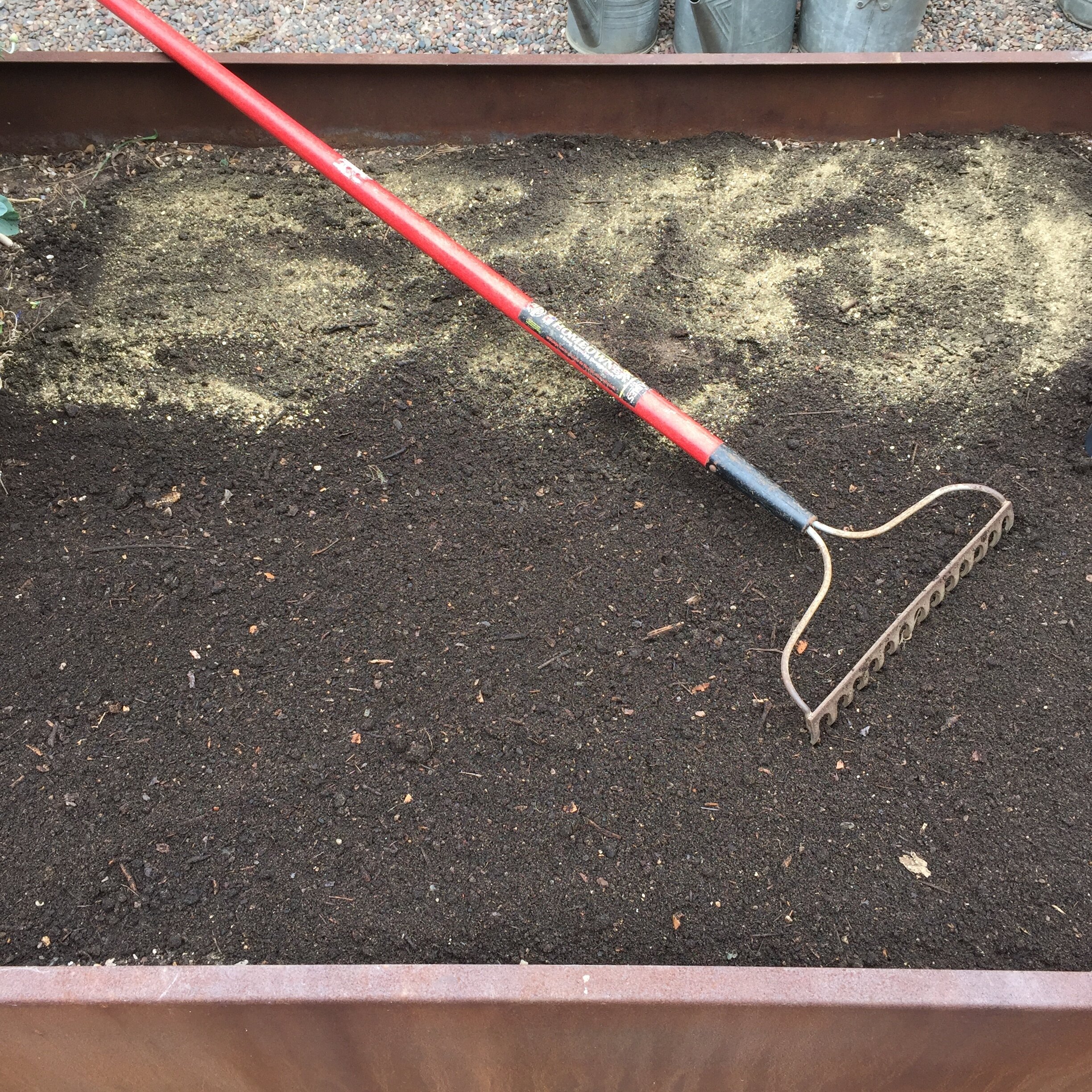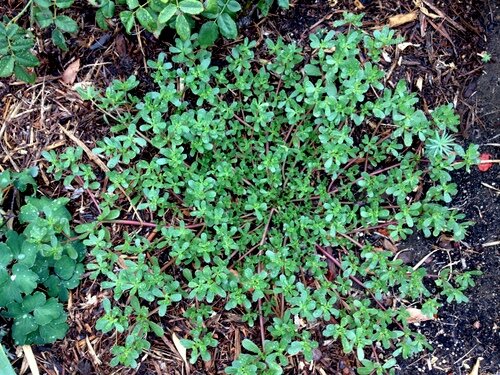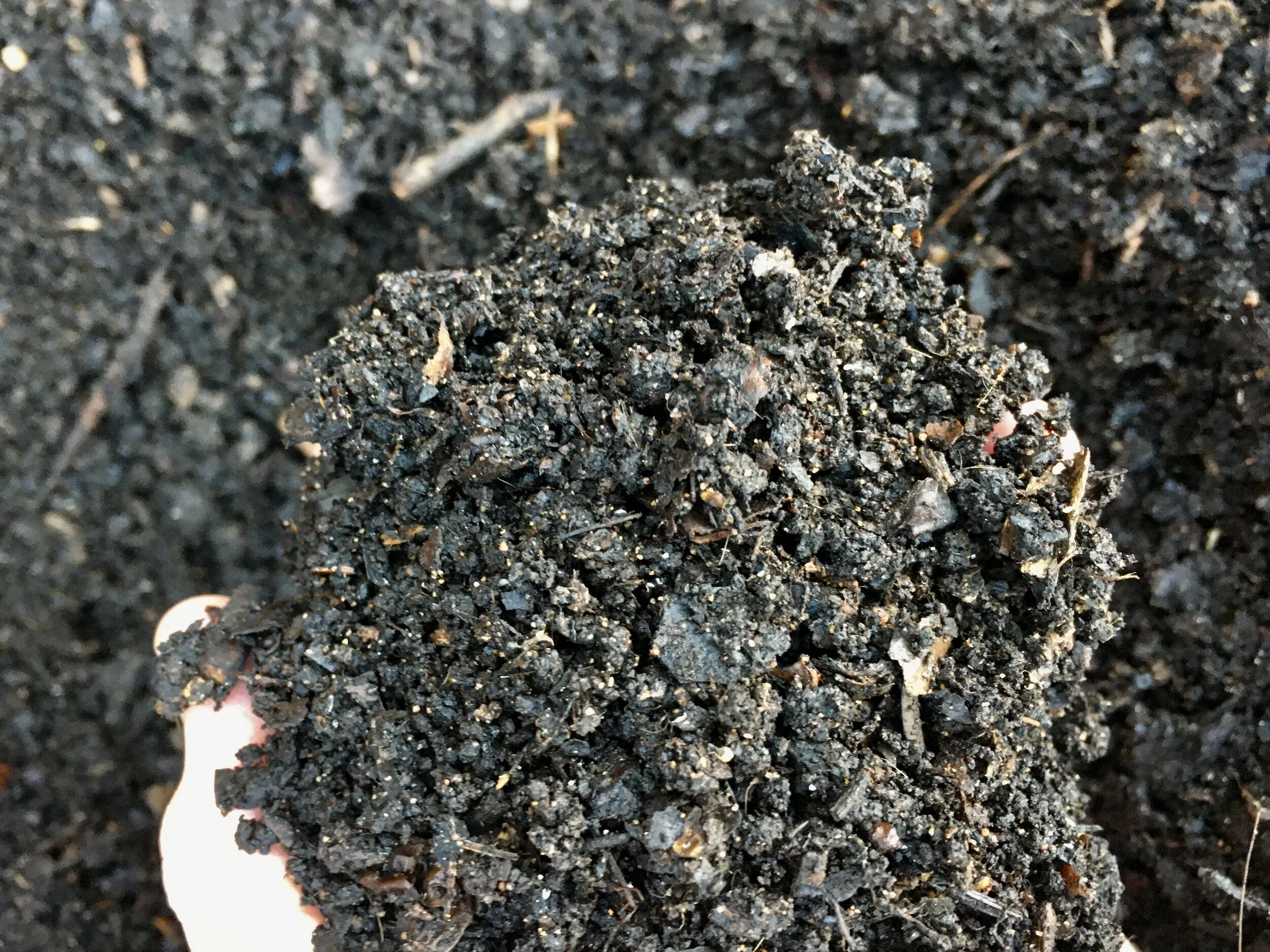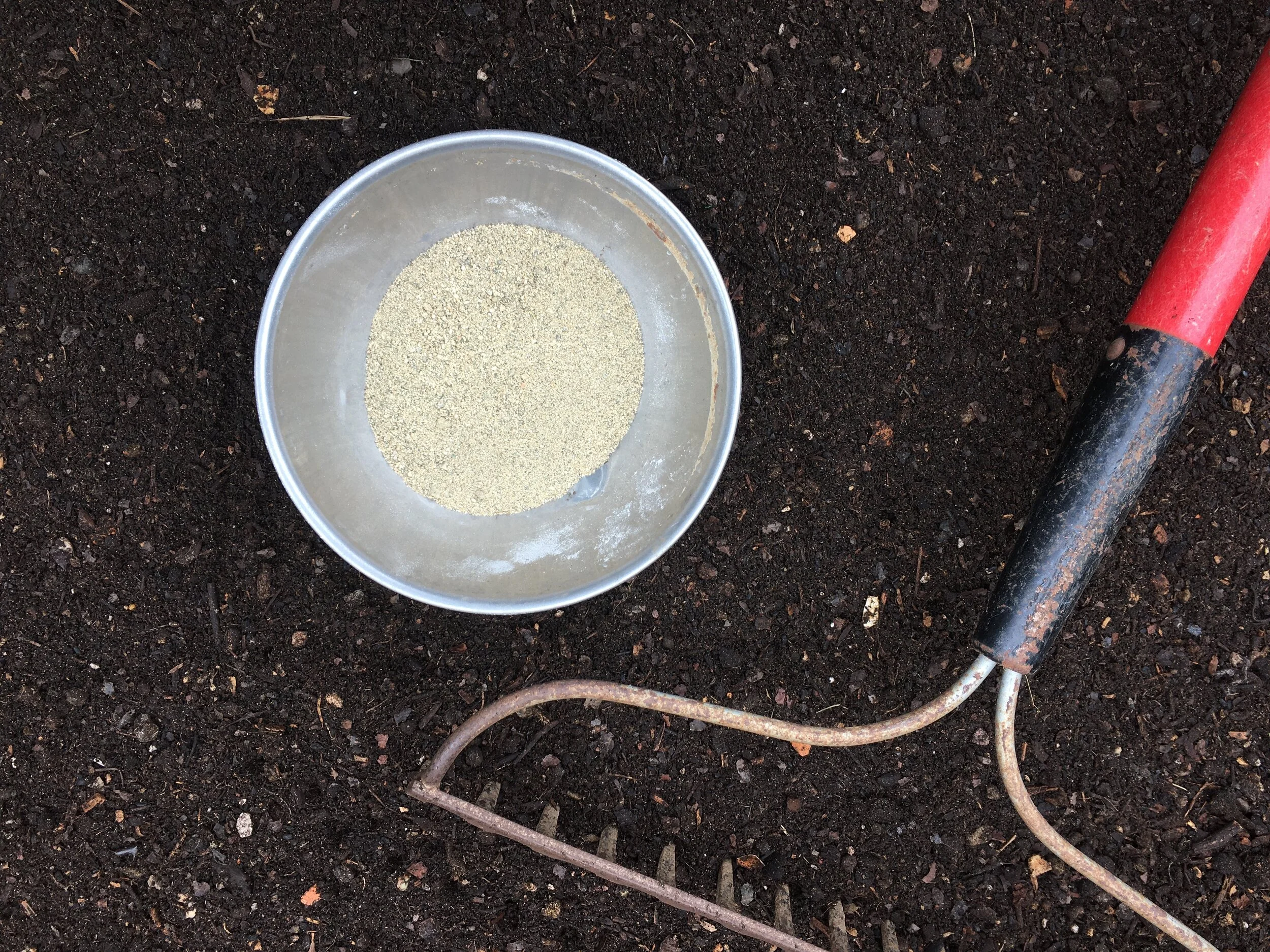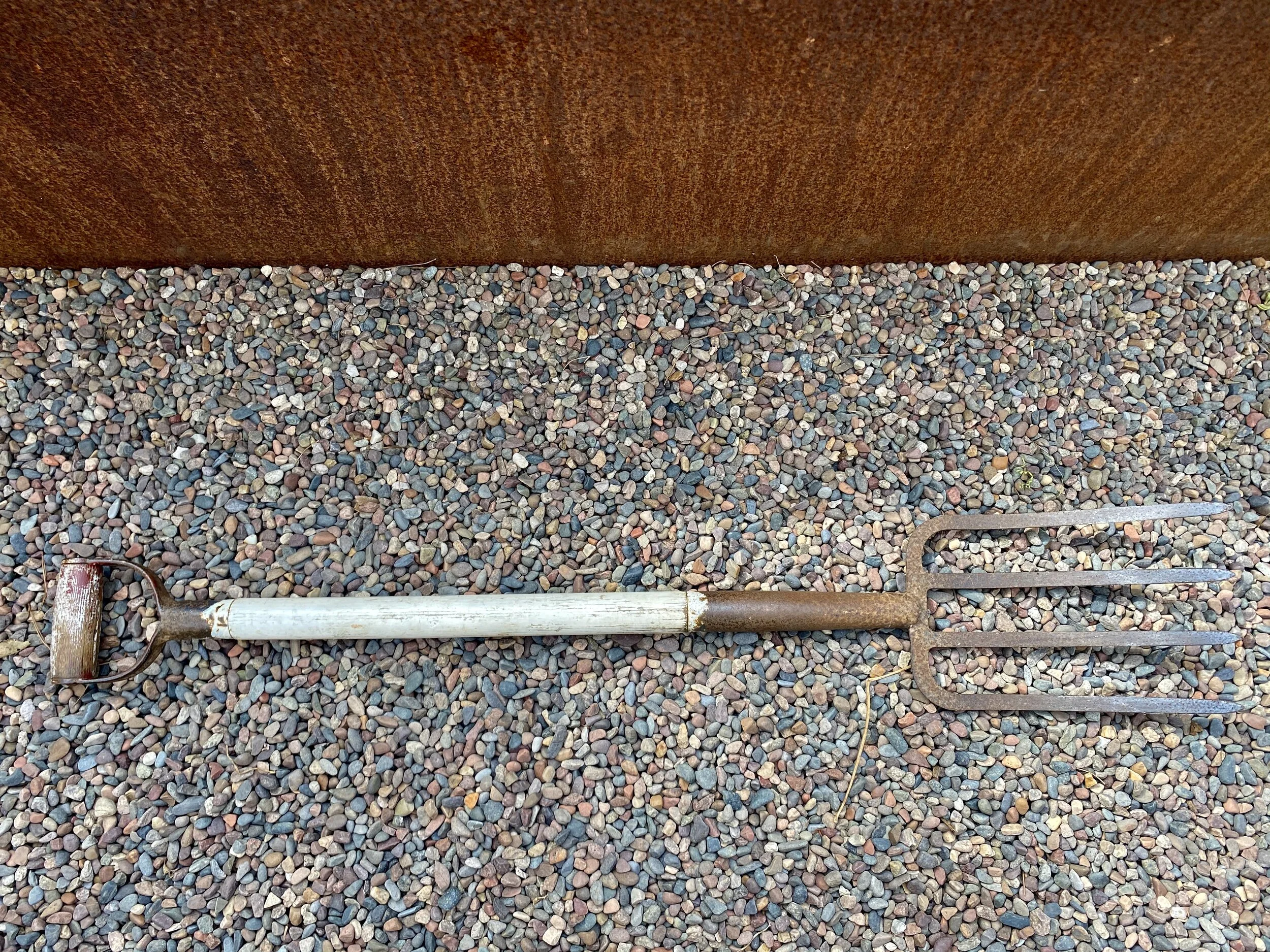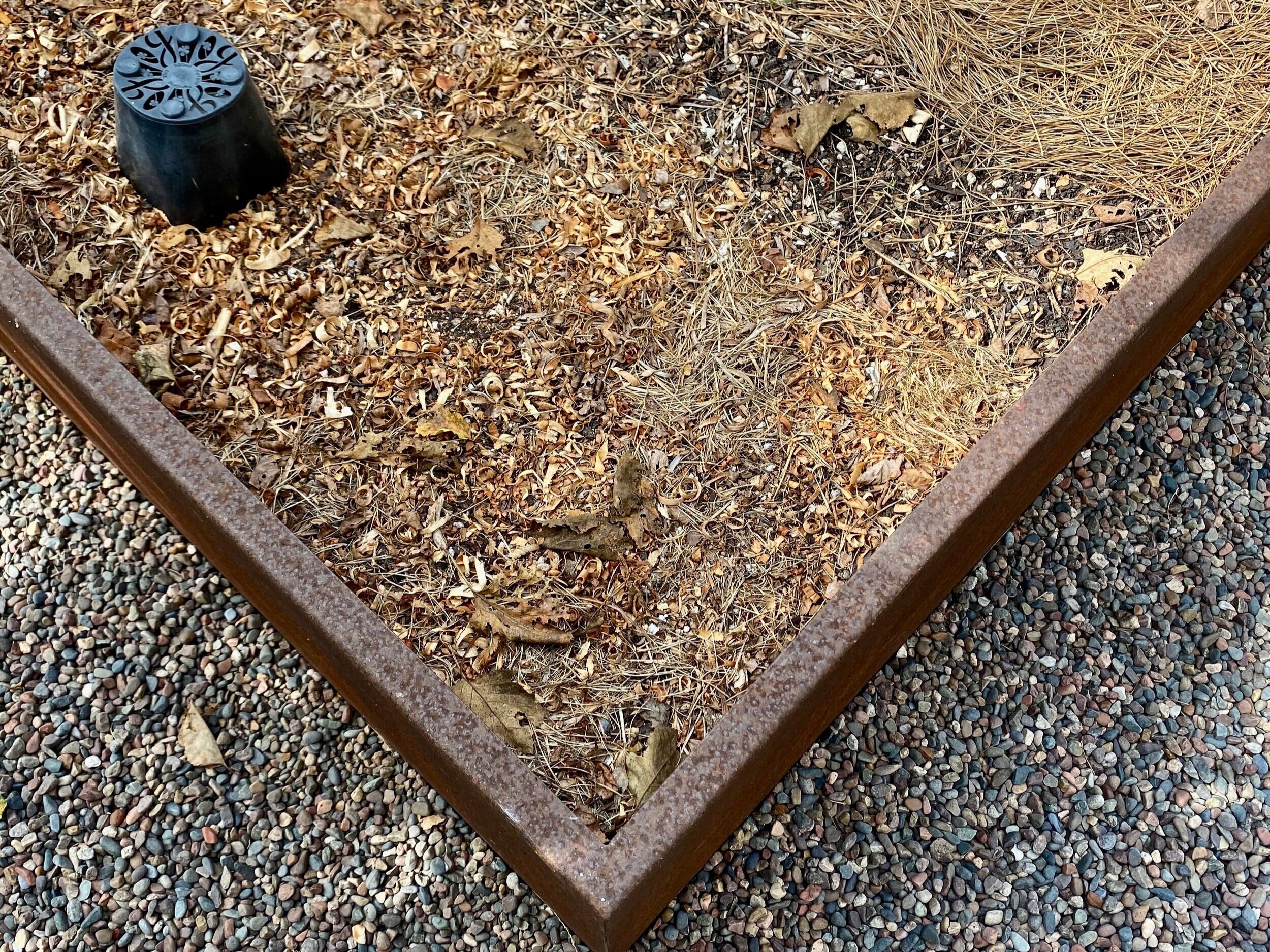Prep for the Cool Season Garden
As the summer garden runs its course in late August, I begin to think of the fall-winter garden—what I like to call the “second season garden.” In San Diego and most of Southern California, it’s possible to grow vegetables 52 weeks a year, hence, my blog ediblegardens52.
After a summer garden brimming with tomatoes, corn, zucchini, peppers, cucumbers and other veggies, serious preparation is essential for a successful cool season garden. To grow the vegetables pictured above there are steps to take now to ready the garden for planting in September and October.
Brijette at San Diego Seed Company offers loads of advice for growing a vegetable garden. Check out her Learn to Grow drop-down for the Grower’s Library and information on Growing Vegetables in Southern California microclimates.
Here are her Top 5 Fall Prep Tips
Pull weeds.
Pretty obvious. Weeds compete with your vegetables for water and nutrients. Catch them before they go to seed or better yet, next season, mulch your garden well and pull weeds throughout the season.
Add Compost. Add more.
It’s all about the soil. A dynamic soil food web sustains your crops. To read more about this see Soil Building Tips and Compost Tips in the Grower’s Library mentioned above.
Amend with complete organic fertilizer
“Plants grow using energy from the sun combined with nutrients taken from the soil. Because the organic matter in soil holds nutrients like a sponge until they are needed by plants, soil that is fertile, well-drained, and regularly enriched with compost often holds a reasonable supply of plant nutrients. Unimproved, though, newly cultivated soil is usually low in organic matter, so it is also low in nutrients.
All edible plants remove some nutrients from the soil, and some have such huge appetites that they will quickly exhaust the soil (and then produce a poor crop) without the help of fertilizer.” Source: Bonnie Plants
Broadfork soil to loosen compaction and allow air and moisture infiltration.
If you garden as I do in raised beds a garden fork will do the job. For long, rows in the ground, a broadfork is indispensable. A broadfork or garden fork aerates the soil without disturbing the soil structure or bringing weed seeds to the surface.
Mother Earth News has an explainer at Breaking Down the Broadfork. Eliot Coleman, a New Englander and one of my garden heroes, popularized this European tool in the early 1990’s. Johnny’s Seeds offers a 3-minute video on how to use the broadfork. Maybe you’ll add this tool to a holiday or birthday list? Or check the tool shed or garage for a garden fork.
Mulch, mulch, mulch! Mulch is key to moderating soil temperature sufficient to sustain microbial life and to keep moisture in.
Check my previous post on Mulching the Vegetable Garden.
Now you know what to do to ready your garden for fall crops. Later today, I’ll be working on the raised bed that grew my peppers, cucumbers, bush beans and lettuce.
To leave a comment, click on “Leave a comment/Show comments,” enter the comment, then insert your name. Email address and website URL are optional. Finally, click on “Comment as Guest” to post comment. Subscribe to ediblegardens52 by email in Comments.
